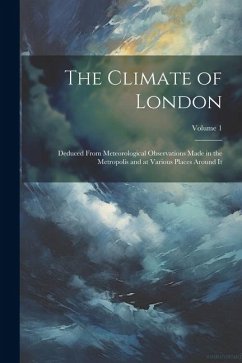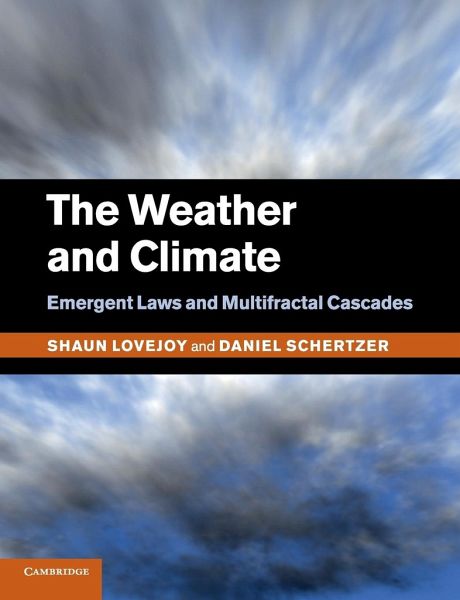
The Weather and Climate
Emergent Laws and Multifractal Cascades
Versandkostenfrei!
Versandfertig in 1-2 Wochen

PAYBACK Punkte
57 °P sammeln!




A new method of modeling the atmosphere, synthesizing data analysis techniques and multifractal statistics, for atmospheric researchers and graduate students.
Shaun Lovejoy is Professor of Physics at McGill University, Montréal, and has been a pioneer in developing and applying new ideas in nonlinear dynamics to the geosciences since the late 1970s. This has included multifractals, generalized (anisotropic) scale invariance, universal multifractals, space-time multifractal modeling of geofields (especially clouds, precipitation and topography). He has published over 200 papers applying these ideas to the Earth and environmental sciences. The unifying theme of this work is that when the notion of scaling is generalized to include anisotropy and multifractality, many key geofields display scaling behaviour over enormous ranges of scale; and that this nonclassical extreme variability is a new paradigm for the geosciences. In addition to these scientific contributions, Professor Lovejoy has actively promoted nonlinear processes in geophysics by co-founding the Nonlinear Process section at the European Geosciences Union (EGU) and the Nonlinear Processes in Geophysics journal. He has been Vice-chair and subsequently Chair of the Nonlinear Geophysics focus group at the American Geophysical Union (AGU) since 2004.
Produktdetails
- Verlag: Cambridge University Press
- Seitenzahl: 508
- Erscheinungstermin: 26. September 2017
- Englisch
- Abmessung: 246mm x 189mm x 27mm
- Gewicht: 972g
- ISBN-13: 9781108446013
- ISBN-10: 1108446019
- Artikelnr.: 50857267
Herstellerkennzeichnung
Libri GmbH
Europaallee 1
36244 Bad Hersfeld
gpsr@libri.de
Für dieses Produkt wurde noch keine Bewertung abgegeben. Wir würden uns sehr freuen, wenn du die erste Bewertung schreibst!
Eine Bewertung schreiben
Eine Bewertung schreiben
Andere Kunden interessierten sich für




![Instructions for Recording Rain, Snow, Weather and Miscellaneous Phenomena [microform]: With a Supplementary Chapter on the Temperature of the Air Cover Instructions for Recording Rain, Snow, Weather and Miscellaneous Phenomena [microform]: With a Supplementary Chapter on the Temperature of the Air](https://bilder.buecher.de/produkte/66/66125/66125595n.jpg)

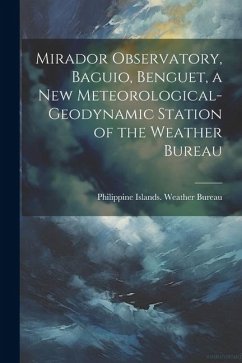
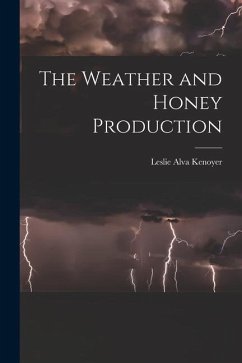
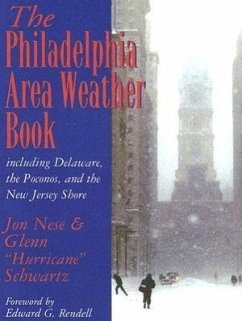
![Daily Bulletin of Simultaneous Weather Reports, Signal Service, United States Army, With the Synopses, Indications, and Facts [With Maps] Cover Daily Bulletin of Simultaneous Weather Reports, Signal Service, United States Army, With the Synopses, Indications, and Facts [With Maps]](https://bilder.buecher.de/produkte/71/71652/71652300n.jpg)

![Weather-wisdom and Popular Beliefs [microform] Cover Weather-wisdom and Popular Beliefs [microform]](https://bilder.buecher.de/produkte/66/66146/66146729n.jpg)
